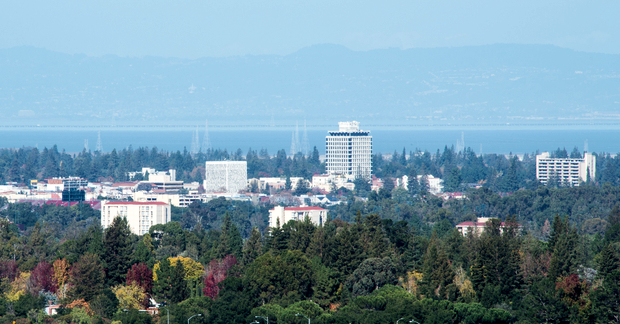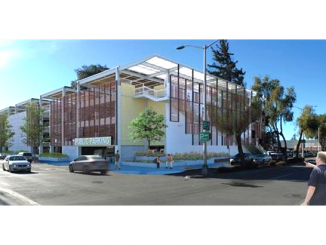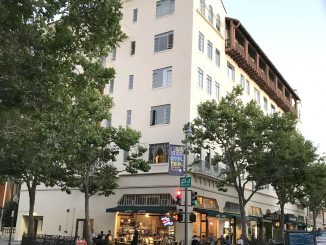
BY ALLISON LEVITSKY
Daily Post Staff Writer
Palo Alto City Council fractured into pro- and anti-development factions last night as members debated the 50,000-square-foot annual limit on new office space in the city.
Council members Lydia Kou, Tom DuBois, Karen Holman and Eric Filseth led the charge against large office developments, defined by the ordinance as bigger than 2,000 square feet or medical offices larger than 5,000 square feet.
Limits passed in 2015
Council passed the temporary development limit in 2015 in order to combat the traffic and housing and parking shortages worsened by employees pouring into the city. It was set to expire in November, so the council voted unanimously last night (Sept. 5) to extend the ordinance until June and to direct Planning and Community Environment Director Hillary Gitelman to draft a permanent replacement.
Judy Kleinberg, a former mayor who is now president and CEO of the Palo Alto Chamber of Commerce, said that more housing would prove to be a better solution to the problems addressed by the office limit, arguing that retail and service workers account for more traffic than office workers do. Limiting office development only adds an incentive for developers to raise office rents, Kleinberg said.
Research park
Stanford Research Park Managing Director Tiffany Griego argued against extending the limit to the 700-acre area, where more than 100 companies are headquartered, explaining that the research park has mitigated traffic on its own by launching a long-distance shuttle to the west side of San Francisco.
In the end, the council decided unanimously to continue exempting all areas of the city except for downtown, the California Avenue area and the El Camino Real corridor. Stanford Research Park will not be affected.
Kou’s motion to lower the annual limit to 40,000 square feet per year failed 5-4, with support from DuBois, Holman and Filseth. Kou then cast the only dissenting vote against the motion to keep the limit at 50,000 square feet.
A motion to allow the rollover of leftover square feet for use in the following year passed 5-4, with no votes from Kou, DuBois, Holman and Filseth. That means that if only 40,000 square feet are used in one year, 10,000 would be added to the next year’s 50,000 allocation.



